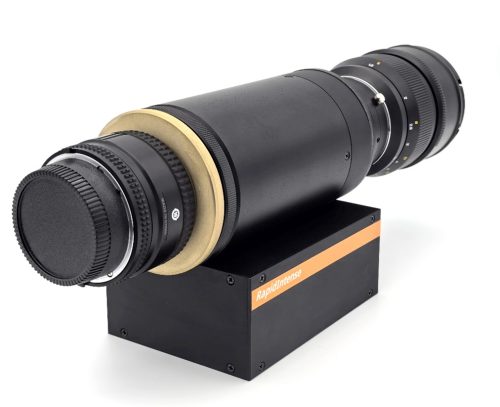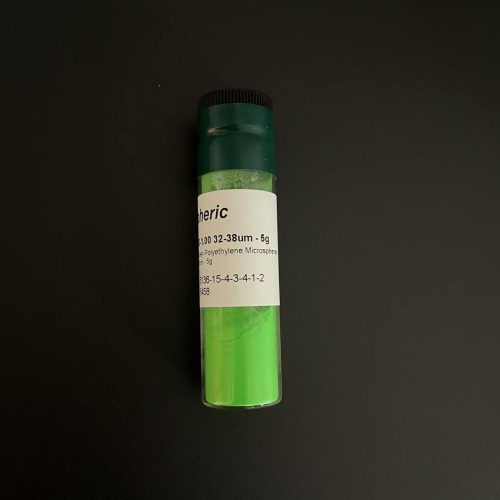
A 3D fully automatic coordinate frame generally refers to a coordinate system that can automatically determine the position and orientation in 3D space. This kind of coordinate frame has a wide range of applications in computer graphics, robotics, coordinate measuring machines, and other fields. The following is an overview of some key technologies and applications of 3D fully automatic coordinate frames:
Coordinate systems and transformations: In 3D space, points can be represented by vectors, and the coordinate frame provides a reference point and a set of basis vectors that allow us to locate points and vectors in space. Coordinate frame transformations include translation, rotation, scaling, etc., which can be achieved through matrix multiplication. Affine transformation: In computer graphics, affine transformation is an important operation that includes linear transformations (such as rotation, scaling) followed by translation. These transformations can be represented by 4×4 matrices, and multiple transformations can be combined through matrix multiplication.
Hierarchical structure of coordinate frames: In complex 3D scenes, multiple coordinate frames are usually used to represent different objects and the relationships between them. These coordinate frames can have a hierarchical structure, where the transformation of the parent coordinate frame affects the child coordinate frame.
Applications of fully automatic coordinate frames: In automated measurement and robotics, fully automatic coordinate frames can automatically determine the position and orientation of objects, allowing for accurate measurement and manipulation. For example, Renishaw’s calibration spheres can be used to calibrate probes and improve the performance of coordinate measuring machines.
Visualization of 3D coordinate frames: Visualization of 3D coordinate frames is an important tool in teaching and demonstration. For example, the trplot function can be used to plot 3D coordinate frames, and the display of the coordinate frames can be customized through different parameters.
Image-based 3D coordinate frame recognition: FrameNet is a method for learning local standard coordinate frames on 3D surfaces, which identifies dense canonical 3D coordinate frames from a single RGB image. This method can be used for applications such as surface normal estimation, feature matching, and augmented reality.
These techniques and applications demonstrate the importance of 3D fully automatic coordinate frames in modern technology, allowing us to automatically and accurately locate and transform objects in 3D space.









